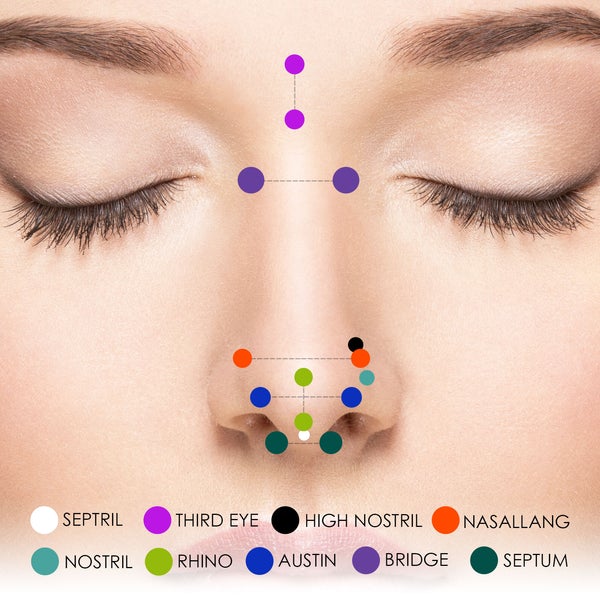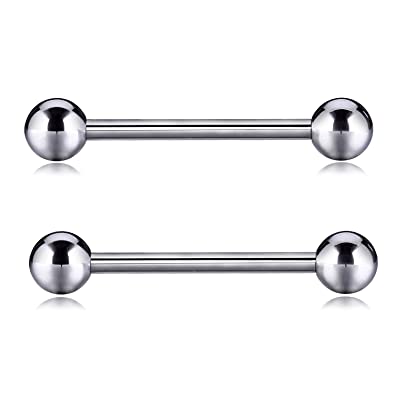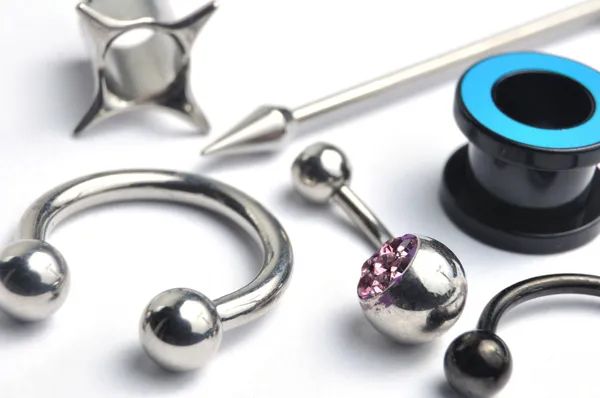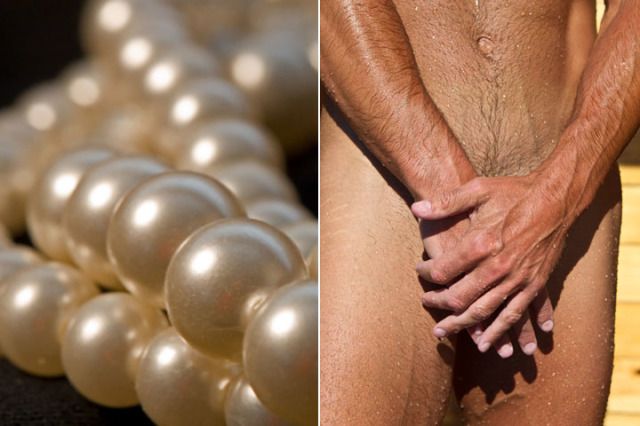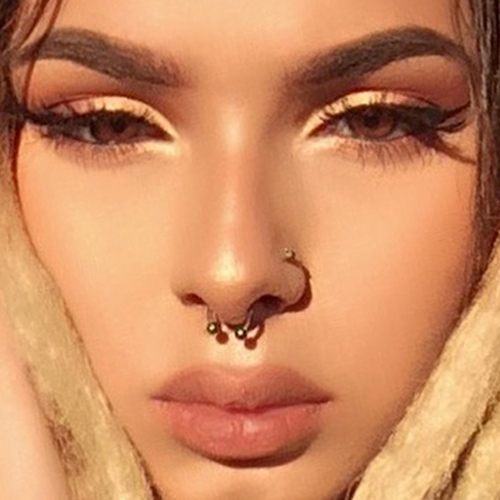All You Need To Know About Kids Ear Piercing
What risks come with having your baby’s ears pierced?
There are several risks to consider that your baby might not be aware of before they have their ears pierced, including infection. We’ll get to those shortly. According to research, having pierced ears as a baby isn’t associated with unintended side effects like uneven or drooping piercings, assuming you’re diligent during the healing process.
Additionally, concerns about other issues, such as the development of keloids (excessive scar tissue) or allergy reactions to metals used in earring design, have not been consistently linked to having pierced ears as an infant. The results of a study showed that keloids are more likely to form when ears are pierced after the age of 11 as opposed to before that age.
Having your ear pierced or piercing your baby’s ears is not a good idea if you have keloids in your family history. However, if you still believe that your child should have his or her ears pierced, experts suggest doing it in early childhood rather than infancy to avoid the risk of the child developing keloids.
Where should you get your baby’s ears pierced?
In order for the provider to use sterile equipment, you have to ensure that the provider uses sterile techniques when piercing your baby’s ears. Rather than using piercing guns that are more prevalent in jewelry stores, mall kiosks, and other retail establishments, the piercer should use a needle. To ensure the piercing is done correctly, seek the guidance of a doctor, nurse, or technician with experience.
It is also important that gold post-earrings are inserted by the piercer, which can help reduce the risk of infection and skin reactions. You should also consider not letting your baby wear dangling earrings, as these might get caught on something and cause your baby’s earlobe to tear. As a final precaution, you should use screw-back earrings to prevent them from loosening, falling out, and possibly choking a child.
















